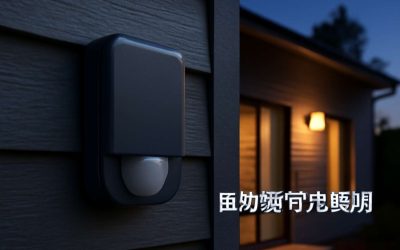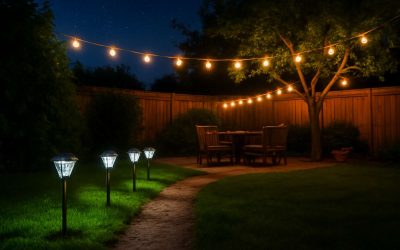
LED lights are a form of lighting that are becoming increasingly popular with consumers. The reason for this is that they are energy efficient and can last for quite a long time. Unlike incandescent and CFL light sources, LEDs are able to produce a wide range of colors and brightness levels, while producing little or no heat. This makes them ideal for a wide variety of applications, from home use to industrial uses.
In order to choose a good LED, it is important to take note of the quality of the product and its efficiency. Different manufacturers produce products with different levels of quality, so it is important to shop around for a product that will work for your needs. Also, look for a Regulatory Compliance Mark (RCM) to ensure that the product is safe to operate.
There are four primary types of LED lights. They include decorative LEDs, reflector LEDs, task lighting, and specialty LEDs. Each type has its own advantages and disadvantages. Decorative LEDs are often found in vintage style shapes. These are usually used for outdoor lighting. However, they also can be used indoors for accent and ambient lighting.
Task lighting is becoming more common for homes and offices. These types of fixtures are designed to provide a consistent, directional light in a workspace. Some models are available with daylight bulbs, but this is not necessary. Instead, it is recommended that you select a bulb with a CRI of 80 or higher. You will need to consider your lighting needs, whether it is for reading or general office work, to ensure that the light is appropriate.
Decorative LEDs are commonly found in a variety of sizes and shapes. The most popular is the A-shape LED. This is a round bulb with a diameter of about 19/8 inches.
Decorative LEDs are commonly made in larger globes. This is due to the fact that they are able to concentrate the light in a particular direction. For example, a PAR20 LED has a diameter of about 20/8 inches. Decorative LEDs are generally considered to be a safer option than other forms of lighting, as they are more resistant to breakage.
When choosing a LED bulb, it is also a good idea to find one that offers a high level of color accuracy. CRI, or Colour Rendering Index, is the metric that measures how well a light source renders colours. While not as important as watts, this is an important consideration.
If you are unhappy with the LED product, you should seek a refund or replacement. The Australian Competition and Consumer Commission has information on how to do this. It is important to keep in mind that LEDs are not currently regulated for their energy efficiency or colour. Therefore, you may have to rely on the manufacturer’s recommendations or your own observations to determine what is best for your needs.
Compared to incandescent and CFL light sources, the lifespan of LED lights is significantly longer. Depending on the manufacturer, LEDs can last for up to 20,000 hours of operation. Most brands claim a period of 30,000 to 50,000 hours of use.


0 Comments